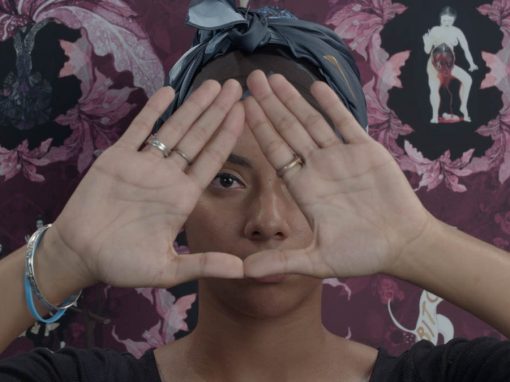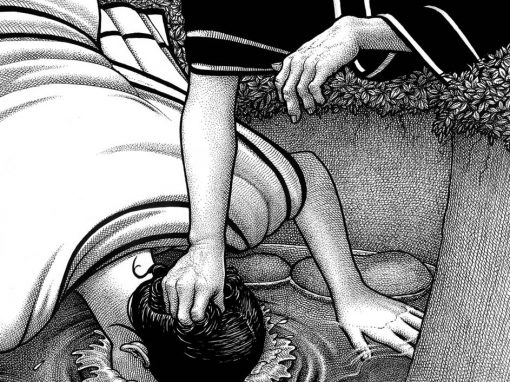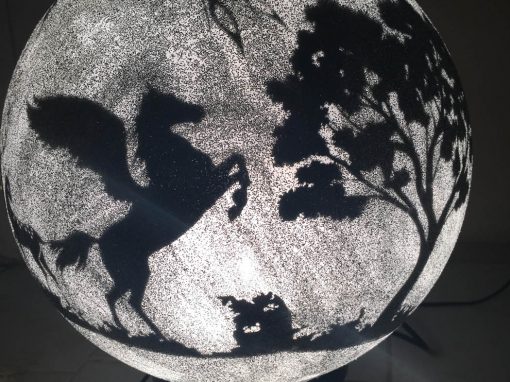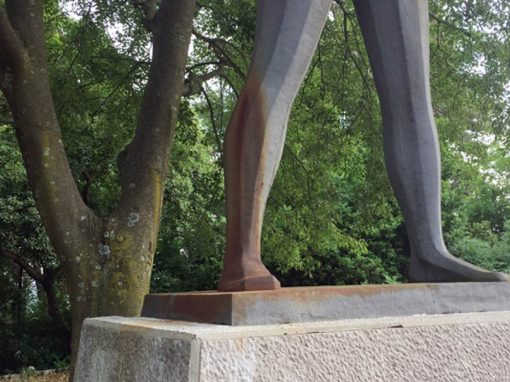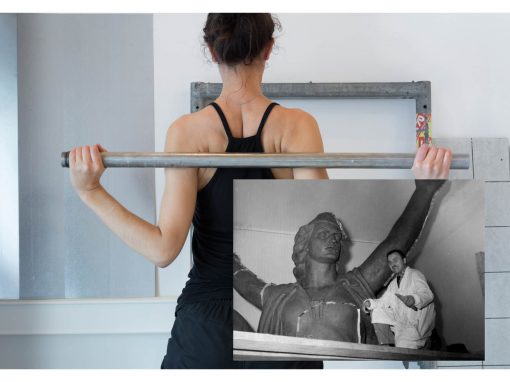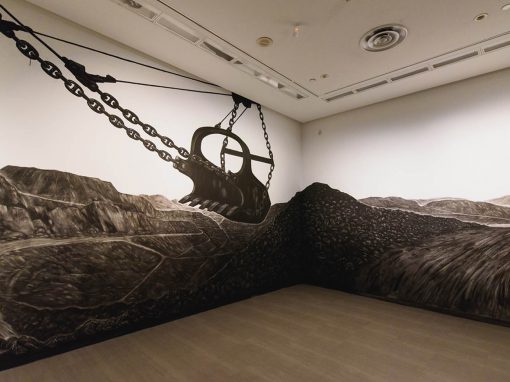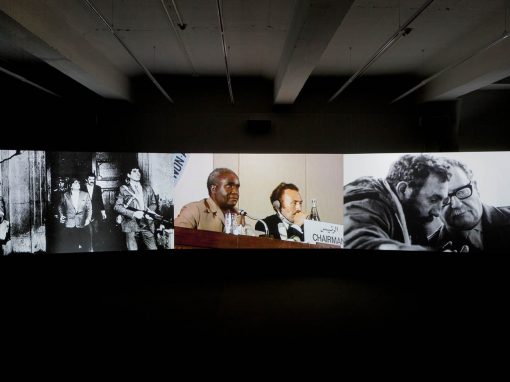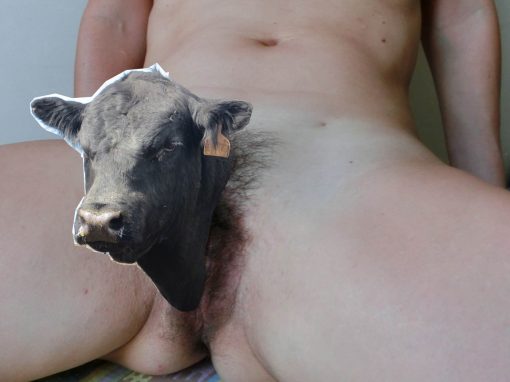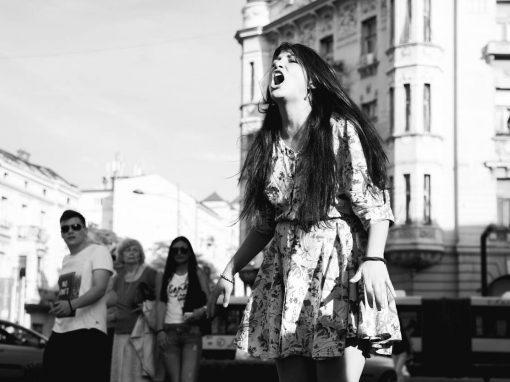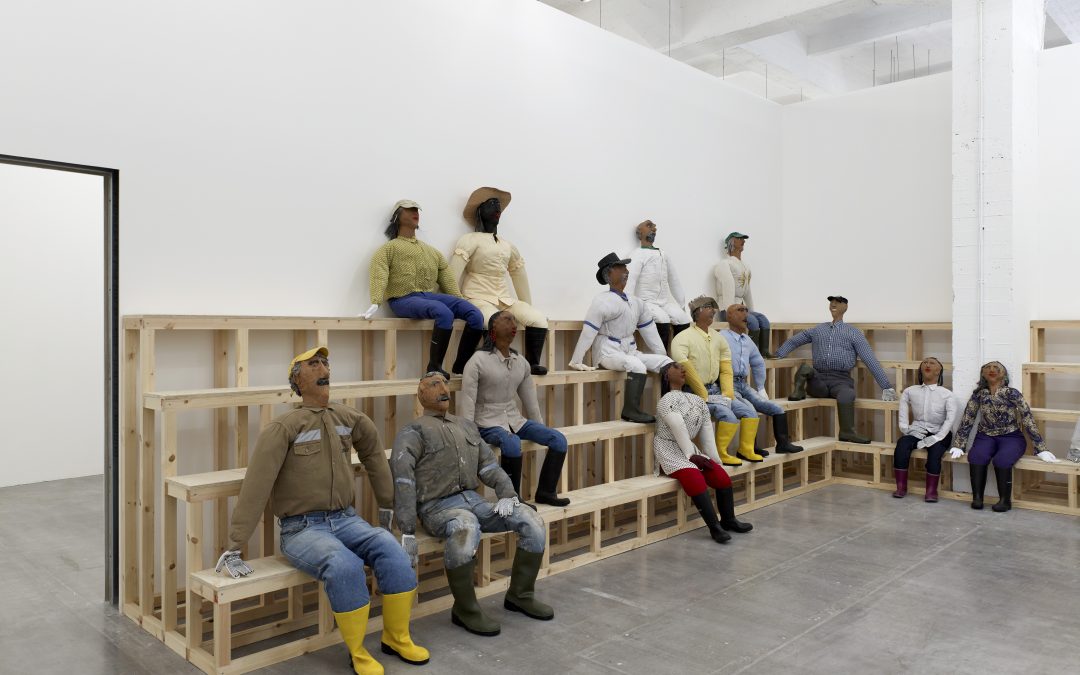OSCAR MURILLO
Oscar Murillo
Institute for Reconciliation
2018.
Oscar Murillo’s black paintings are an ongoing series of canvases painted in thick layers of black oil paint that is burnt into the fabrics to achieve a texture resembling toughened skin, and where fragments of different paintings are stitched together, forming one canvas. Unstretched, they have been presented in different ways: stacked, folded, slung over structures, and hanging like curtains or flags. Their density produces a kind of radical negativity. Installed among the entrance columns of the Augustus Temple, they create an imposing presence that communicates with the compression and superimposing of various historical layers visible on Pula’s central square.
The effigies of workers dressed in generic working clothes and rubber boots sit regally amongst the antique objects displayed in the Temple of Augustus, and greet tourists and exhibition visitors alike. They function as placeholders, conveying the arbitrary mass of bodies required on a daily basis in a labour force. In contrast to the invisibility of workers in post-industrial societies, the installation seeks to bring them back to the symbolic heart of the new service industries – an ancient temple that has been turned into a venerated heritage site. The viewers are invited to sit amongst the effigies, thus becoming part of the group.
**
Oscar Murillo (born 1986 in Colombia, lives and works in London) created a visual language encompassing recurring elements and motifs; draped black canvases; metallic structures evoking autopsy tables; large-scale paintings composed of roughly sewn together fragments; studio dirt, dust and debris. These and other components play out across a wide range of media, including painting, video work, room-sized installations and actions. All of the artist’s diverse works can be seen to constitute a sustained and evolving investigation of notions of community, informed by cross-cultural personal ties, as well as the constant transnational movement that has become integral to Murillo’s practice.
UMJETNICI
